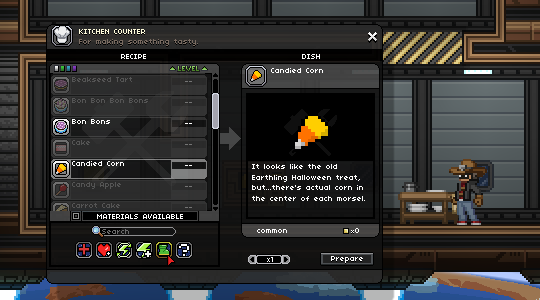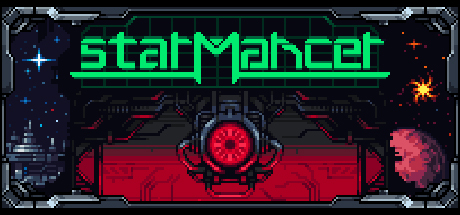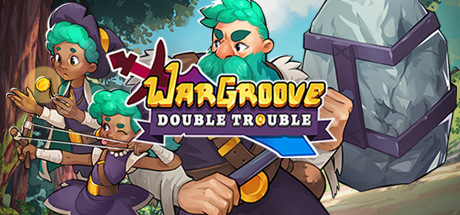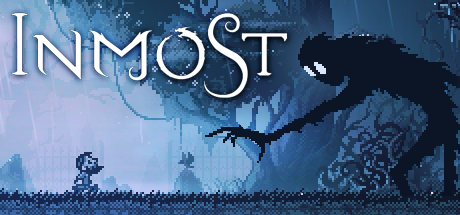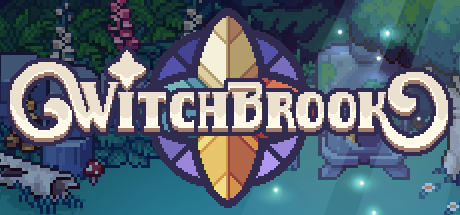Evening folks! I imagine most of you have seen Supernorn’s post from last week about the sweeping additions to our crops and food recipes. Working off the robust documentation that was put together by Rosiedeux, I spent a couple of days last week mapping out precisely what buffs each cooked item would bestow. A daunting task, considering there is about 200 of them at present. I’ve ultimately settled on a system largely governed by the ingredients that make up each item.
In our new structure, our ingredients have a “weight” assigned to them, based on their value. Crops that take a considerable length of time to grow are almost guaranteed to have strong buffs associated with them, while fast-growing crops and ingredients you purchase will typically have weak ones.
As an example, potatoes are one of the first slow-growing crops the players will get their hands on. When used as an ingredient in a recipe, the resulting food item is almost guaranteed to provide a 20 point buff to maximum health. Typically the highest end ingredients will provide either a single strong buff, or a pair of moderate buffs.
In recipes that have you combine multiple ingredients together with the same buffs, their effects in turn will combine, either increasing their immediate effectiveness (rate of healing, energy regeneration, etc), or extending the buff duration. This means that the more high-end ingredients that are involved in a given recipe, the more substantial the buffs will be. Attentive players who get to know the effects of certain ingredients may even be able to assess the precise buffs a recipe will have, before they’ve even made it.
It’s worth mentioning also that most food buffs are able to stack with buffs provided by stims or capsules found in the environment. For instance, a bon bon will imbue the player with a 25% running speed buff that lasts 30 seconds, during which time the player could use a green stim to have their overall running speed boosted as high as 75% until the respective buff durations end. If you need to get out of trouble quickly, this could prove a valuable escape option.
These changes to our cooking system also necessitate a change to our cooking table interface, albeit a relatively small one. The categories of main, side, desserts, and drinks were not especially helpful to begin with, and in a new system where players want to know at the very least what type of buffs they can expect, it made more sense to provide categories that reflected that. We’re still leaving the discovery of precise effects to the players, but the categories now cover health restoration, maximum health boosters, energy regeneration, maximum energy boosters, mobility buffs, and the mysterious “other” category. Please excuse the placeholder graphics that I haphazardly put in there. We’ll hopefully get one of our artists onto creating nicer icons soon.
So with that whole structure all planned out, I’ve spent most of my time today making all the food items actually functional, providing their intended buffs, and available to prepare at the cooking table. I’m about halfway through all the recipes at this point and hope to get the rest finished tomorrow. The next step after that will be going through and structuring the progression of recipes. The intent is that players will start with only a couple of basic recipes, but as they discover new ingredients and cook, more recipes will be unlocked. The most potent recipes will likely be off limits until you’ve either worked your way up through cooking experience, or until you’ve earned them by completing specific quests.
I’m going to leave you tonight with a glimpse of some of the cool stuff Tiyuri’s been working on. These bad boys are going to tie into one of our quests. How, exactly? Who can say? ;)

